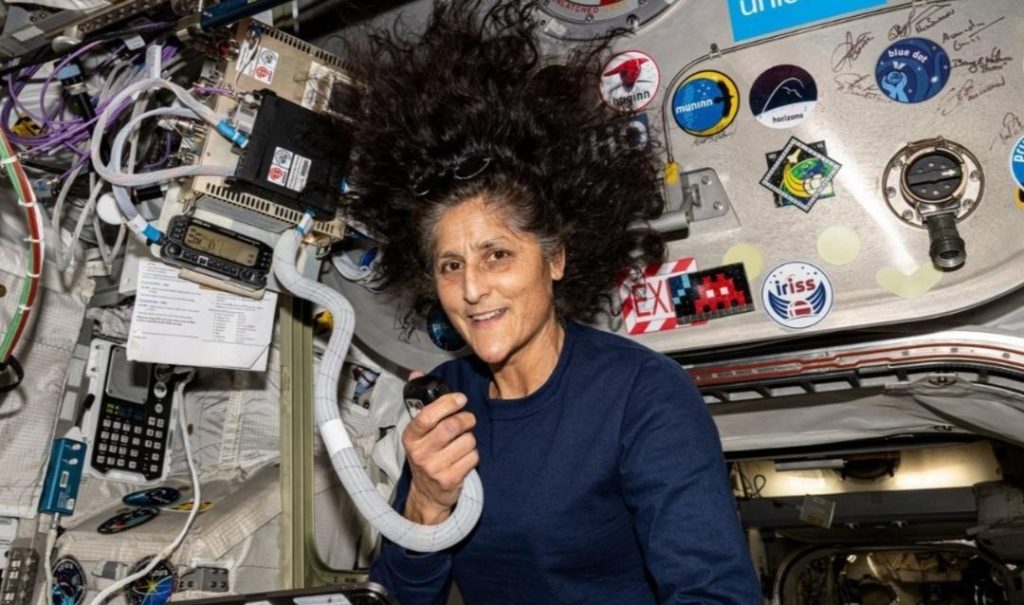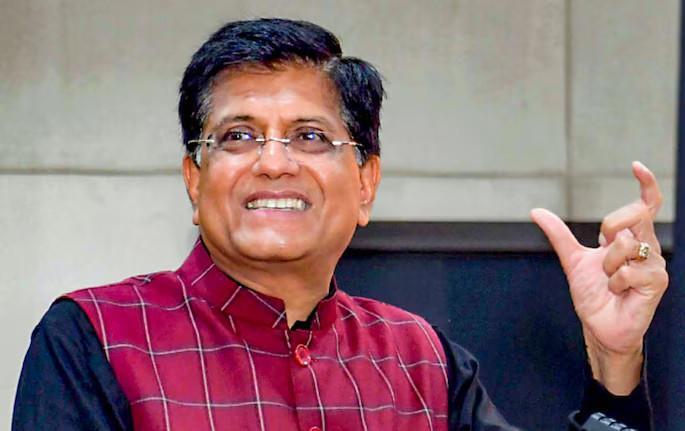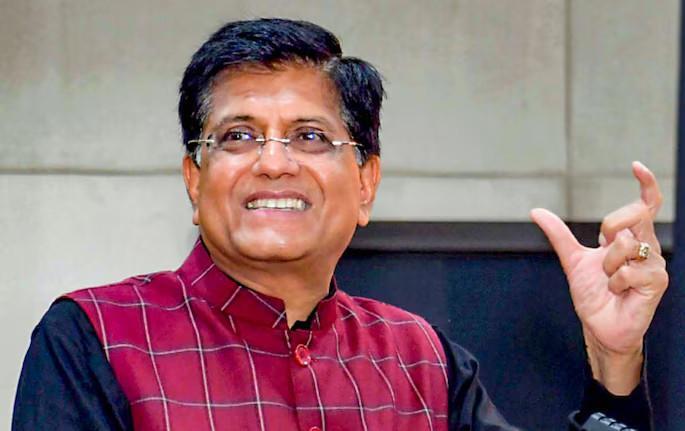
What Scientific Milestones Were Achieved by Williams & Her Team?
The International Space Station (ISS) has been a hub of scientific exploration and innovation since its inception. Recently, NASA listed the scientific milestones achieved by the crew members, including astronaut Sunita Williams, aboard the ISS. The crew’s mission was filled with numerous plant-related studies, capturing stunning images of Earth, testing 3D printing of implantable medical devices in microgravity, and more.
In this blog post, we will delve into the scientific milestones achieved by Williams and her team, highlighting their groundbreaking research and innovative experiments.
Plant-Related Studies
One of the primary focuses of the crew was plant-related studies. The team conducted several experiments to understand how plants grow and thrive in microgravity. This research has significant implications for future long-duration space missions, as it provides valuable insights into the effects of microgravity on plant development.
The crew conducted experiments using the Veggie facility, which is designed to study plant growth and development in space. The facility allows plants to grow in a controlled environment, mimicking the conditions on Earth. The team monitored the plants’ growth, observing how they adapted to the microgravity environment.
The study’s findings have significant implications for future space missions. For instance, the research highlights the importance of providing plants with adequate light and water in microgravity. This knowledge will be crucial for future space missions, where plants will play a vital role in sustaining life.
Capturing Thousands of Images of Earth
Astronaut Butch Wilmore was responsible for capturing thousands of images of Earth during the mission. The images were taken using a specialized camera, which monitored urban growth, climate change, and natural disasters from space.
The images provide a unique perspective on our planet, offering valuable insights into the impact of human activities on the environment. The data collected will help scientists monitor urban growth, track climate change, and respond to natural disasters more effectively.
The images also serve as a reminder of the beauty and fragility of our planet. They highlight the importance of preserving our environment and the need for sustainable living practices.
Testing 3D Printing of Implantable Medical Devices
The crew also tested 3D printing of implantable medical devices in microgravity. This innovative experiment aimed to develop new medical devices that can be used in space missions.
The team used a specialized 3D printer to create implantable devices, such as pacemakers and implantable cardioverter-defibrillators (ICDs). The printer uses a unique process called “stereolithography,” which creates the devices layer by layer.
The experiment’s findings have significant implications for future space missions. For instance, the research highlights the potential of 3D printing in space, enabling the creation of medical devices that can be used to treat patients in space.
Astronaut Health
The crew’s mission also focused on astronaut health. The team conducted several experiments to understand the effects of microgravity on the human body. The research aimed to develop new methods for preventing and treating health issues in space.
One of the primary concerns is the risk of fire in space. The crew conducted experiments to develop new fire-resistant materials and technologies. The research aimed to minimize the risk of fire in space, ensuring the safety of astronauts on future missions.
Conclusion
The scientific milestones achieved by Sunita Williams and her team are a testament to the innovative spirit of space exploration. The crew’s research has significant implications for future space missions, providing valuable insights into plant growth, capturing stunning images of Earth, and testing 3D printing of implantable medical devices in microgravity.
The crew’s mission highlights the importance of investing in space research, as it has the potential to improve our daily lives and advance our understanding of the universe. As we continue to push the boundaries of space exploration, we can expect to see even more groundbreaking research and innovative experiments like those conducted by Williams and her team.
Source:






